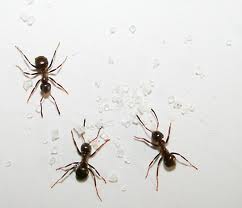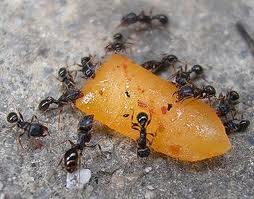Carpenter Ant
Carpenter Ants are Larger Than a Quarter of an Inch in Length, are Black, and May or May Not Have Wings.
Problems
- Carpenter ants can completely eliminate structure wood supports, such as two by fours.
- Carpenter ants are active all year, though usually only seen in warmer months.
- Carpenter ants can quickly do tens of thousands of dollars of damage to your home.
- Carpenter ants must be professionally treated. Over the counter products do not work.
- Winged carpenter ants signify a well developed colony, usually 3 to 4 years old.
Solutions
Our professional ant exterminators begin by doing a thorough inspection of your structure, determining all areas of infestation, then recommending an ant control treatment plan specifically tailored to you and your needs.
 Call 778-855-6856 to Schedule an Inspection
Call 778-855-6856 to Schedule an Inspection
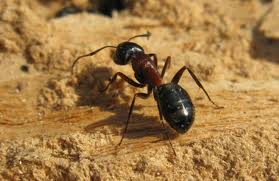
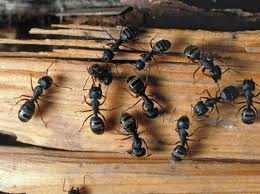
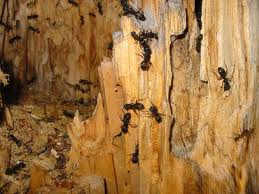
Pavement Ant
The pavement ant is a common household pest. Its name comes from the fact that colonies usually make their homes in pavement. It is distinguished by one spine on the back, two nodes on the petiole, and grooves on the head and thorax . The species is native to Europe, but was introduced to North America in the 18th century.
During early spring, colonies attempt to conquer new areas and often attack nearby enemy colonies. These result in huge sidewalk battles, sometimes leaving thousands of ants dead. Because of their aggressive nature, they often invade and colonize seemingly impenetrable areas. In summer time the ants dig out the sand in between the pavements to vent the nests.
Inspection for Pavement ant
Pavement ants can often be seen foraging outdoors during daylight hours,
but more ant trails can be observed after dark.
Upon initial inspection, the soil displaced by a pavement ant colony is usually quite
evident around any outdoor concrete object: curbs, driveways, sidewalks, landscaping,
brick patios, etc. In many cases, the loose soil can be seen along cracks or
expansion joints of driveways and other such objects. Their colonies can also be
found adjacent to the foundations or skirting of homes. When trying to locate all
possible outdoor colonies, use a small hand rake to gently pull back mulching materials to
expose the ants. Inspect around the edges of (and beneath, if possible) any logs or
large rocks. In a sense, leave no stone unturned. In severe infestations, a
number of objects can harbor many different pavement ant colonies. Each of these
colonies or ant beds need to be located and treated in order to kill pavement ants and to stop their migration
indoors.
 Call 778-855-6856 to Schedule an Inspection
Call 778-855-6856 to Schedule an Inspection
